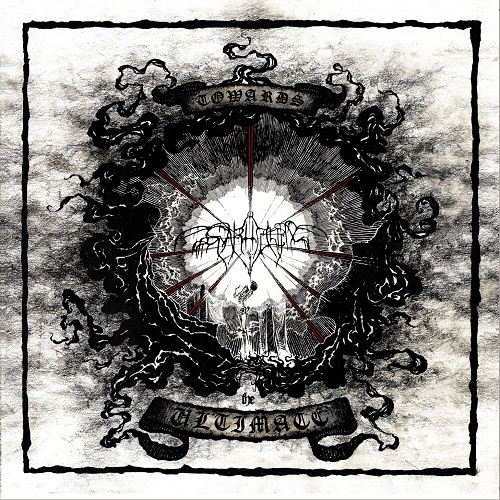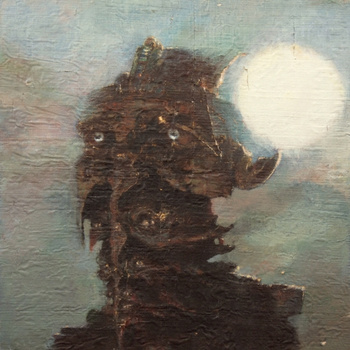Long gone are the days of golden Norwegian Black Metal, and if someone asks you that where does the best black metal of the 2000s stem from, I doubt your answer would be Norway – unless you revere the Fossbrenna scene that, admittedly, is of relatively high quality (Kaosritual, One Tail, One Head et cetera). As a generalization, it seems that the Norwegian black metal of today is populated by a heap of rather polished and generic outlets of the black arts, starting with such names as Koldbrann and Sarkom. It strongly seems as well that Svarttjern's upcoming second full-length Towards the Chaos belongs to this very same category of somewhat meaningless black metal.
It always hurts a little to say something is just meaningless as it's certain that e.g. in this case there's surely been lots of work in achieving what it is, but when we take an objective glance over this mass of incessant studio blast beats and seas of tremolo guitar, there's very little content that ever stands out – every nuance is played by the book, including the high-pitched rasps of the vocalist. The most proper comparison I can come up with is a less melodic and more fierce version of Keep of Kalessin, basically meaning a bunch of palm-muted riffage within the usual speed race.
Towards the Chaos isn't, however, a total lackluster all the way through: luckily there is ”Hellig Jord” that incorporates a really sweet lead melody that easily gets stuck to the head. There are bits and pieces of prominent material in other corners of the album as well, but I don't think they are that noteworthy in the long run, as for the most part the record stagnates in the mud of dullness.
In the end, what's left of Towards the Chaos is a little more than one track of good material, and the rather soulless clean sound doesn't at least raise the album's score. Instruments are also executed with hundred percent tightness and precision that adds up to the almost computerized feeling. Fans of more modern black metal and those new to the genre overall may find more to dig from Towards the Chaos, but for me the album sounds way too much of the same paradigm that we've already heard during the last decade.
2 / 5













